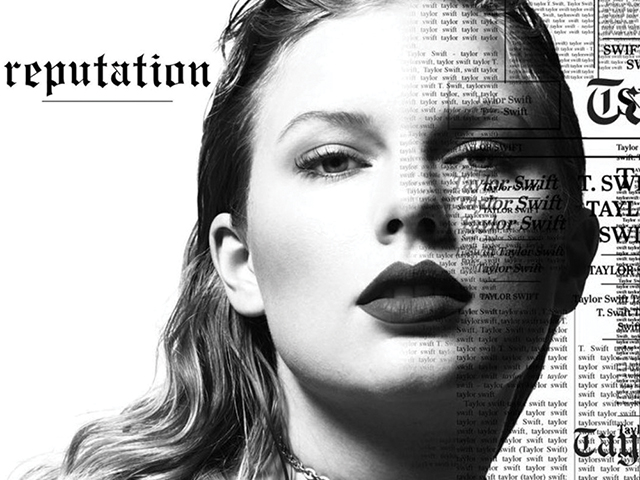
[dropcap]F[/dropcap]ilm is an art form. Movies are great. But there exists in this world, a hidden beauty. Diamonds in the rough. Daisies growing through the pavement of a vast metropolis, fighting to be noticed. These aren’t just bad movies, these are terrible movies. Movies so objectively awful, so critically panned, so maligned by the film industry, that one cannot help but to enjoy them. To find pleasure where pleasure shouldn’t be found.
They’re awful. But in actuality, this is what makes them so good. What is most baffling about these movies is the cult following surrounding them. These films’ reputations precede them, and often act as the selling point.
Thanks to their ridiculous premises, horrid performances, terrible excuses for plots, among other things, two films of this subgenre stand out.
Sharknado, directed by Anthony C. Ferrante, is a direct-to-television movie that premiered on Syfy in 2013, detailing a tornado that lifts sharks out of the ocean and rampages through Los Angeles. Ergo, a Sharknado.
It has plot holes everywhere. The special effects are mediocre at best. Its whole setup is ridiculous, with water spouts caused by a freak storm scooping sharks out of the ocean into a raging tornado. There is a sequence where the protagonist jumps into a shark’s mouth and uses a chainsaw to cut his way out and save his girlfriend. But really, these flaws are the whole point. It is completely, unabashedly, unashamedly, ridiculous. It is a textbook example of a drinking movie, begging for a group of people to get belligerently drunk and make an absolute mockery of it. That is it’s purpose, and is probably why Sharknado is so popular. It has spawned an entire movie franchise, with it’s sixth and final entry, The Last Sharknado: It’s About Time, being released in August 2018. It also spawned a spin-off called Lavalantula. Think Sharknado, but with fire-breathing tarantulas.
The Room is an entirely different beast. The 2003 brainchild of Tommy Wiseau (who directed, wrote, produced and starred) details a love triangle between a banker, Johnny, his fiancé, Lisa, and his best friend, Mark. It has a bizarre narrative structure, employing a Tarantino-esque mix of non-linear storytelling and unrelated subplots. Unfortunately for Wiseau, this structure isn’t as effortless as Tarantino makes it look. It all leads to a bizarre movie, with subplots about Johnny tapping Lisa’s phone to learn more about her affair, a pregnancy that turns out to be made up by Lisa to cover up said affair, and an entirely unrelated run-in with a drug dealer. All of this nonsense has one thing in common: Wiseau’s less than stellar performance. If one could compare him to anything, it would be a two-legged chihuahua. You can’t help but feel pity for the poor thing, yet you’re rooting for them all the same, because they’re trying.
Greg Sestero, who played Mark in The Room, would later write a memoir called The Disaster Artist, detailing his time working on the movie. It would later be adapted to film in 2017.
Darragh McNally
Image Credit



